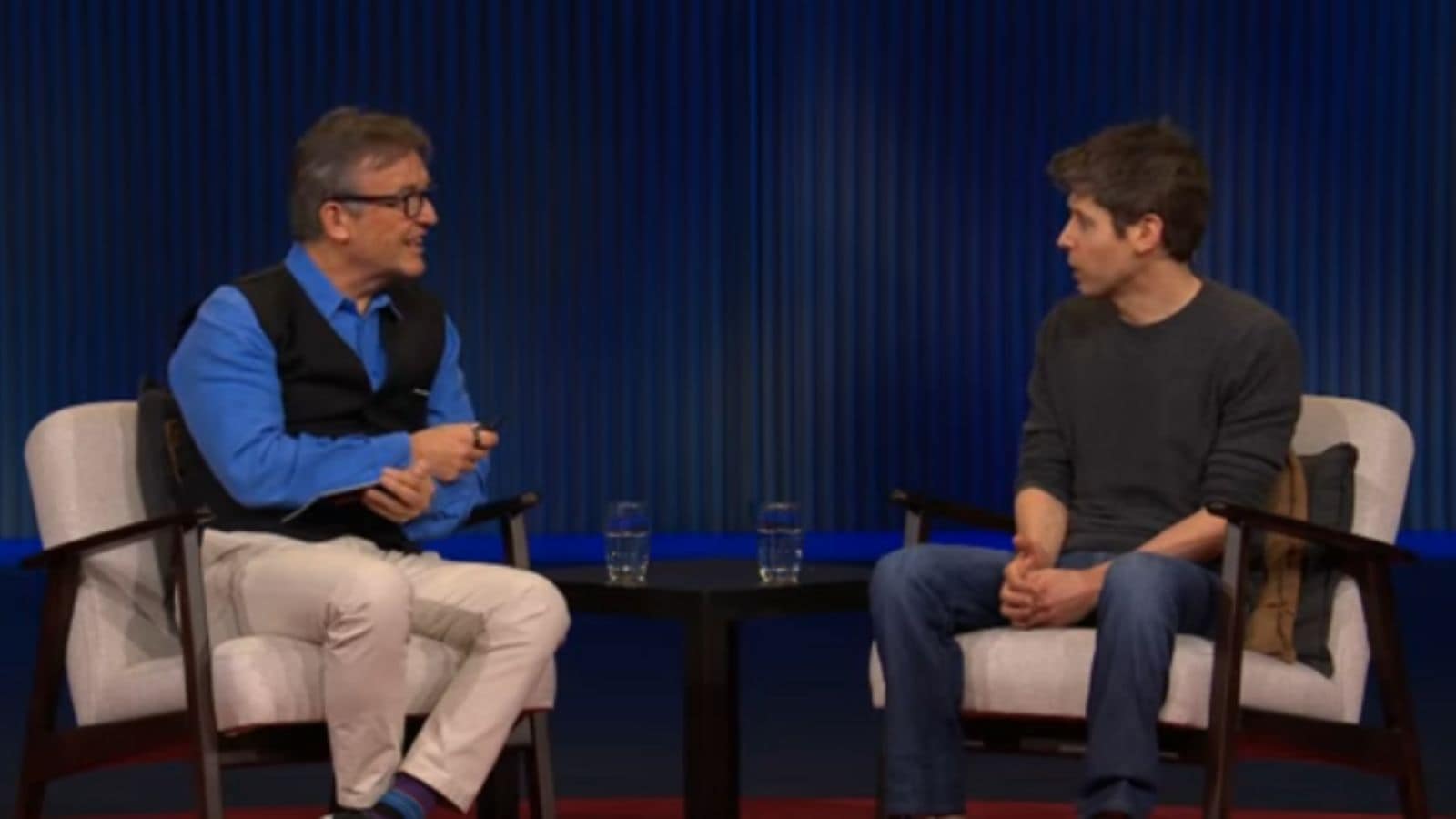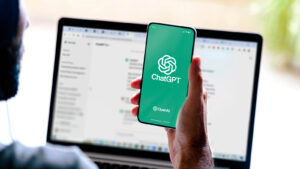OpenAI CEO Sam Altman Proposes Revenue-Sharing Model for Creators

OpenAI’s Vision for Artist Revenue Sharing
In a recent interview at TED 2025, OpenAI CEO Sam Altman discussed the exciting potential for a revenue-sharing model that could benefit artists and creators. This model would allow artists to opt-in if they choose to have their work used in training AI systems.
Exploring Revenue Models for Creators
Altman emphasized the concept of developing a structured revenue-sharing framework for artists. He suggested, "It would be cool to figure out a new model where if you say ‘I want to do it in the name of this artist,’ and they opt-in, there’s a revenue model there." This indicates a proactive approach to addressing concerns about how AI technology interacts with creative works.
Challenges and Current Regulations
During his conversation with TED curator Chris Anderson, Altman explained that there are already measures in place to prevent unauthorized reproduction of artwork by AI. For example, ChatGPT’s image generator is designed with restrictions to avoid mimicking the distinct styles of specific artists without permission.
His remarks come amid ongoing debates surrounding AI-generated art, particularly after a recent trend on social media where images inspired by Studio Ghibli gained popularity. Critics, including fans of the studio, raised concerns about intellectual property theft and copyright infringement.
Discussing Inspiration vs. Imitation
Altman highlighted substantial questions around creativity and inspiration. He questioned how much influence one artist can take from another, stating, "How do you divvy up how much money goes to each one?" This reflects a crucial area of discussion regarding how AI can be programmed to learn from diverse artistic influences while fairly compensating those from whom it draws inspiration.
Advancements in AI Technology
In addition to exploring these concepts, Altman shared insights about new features in AI technology. The latest version of ChatGPT features a memory capability that remembers user interactions over time. He described this improvement, indicating that AI could adapt to be a more personalized tool, saying, “Maybe if you want it, it’ll be listening to you throughout the day… and it’ll become this extension of yourself.”
Easing Restrictions on Image Generation
OpenAI is also reconsidering the limitations placed on the image generation aspect of ChatGPT. Altman mentioned plans to ease the existing restrictions on certain types of expressions. This move aims to provide more flexibility for creative professionals who use these tools while maintaining integrity and respect for original works.
The Future of AI and Employment
When Altman was asked if AI might replace human jobs, he shared two divergent perspectives. He noted that technological advancements throughout history have opened up new possibilities. While there may be increased expectations for certain roles, he believes that the tools will enable individuals to accomplish much more. "The capabilities will increase so dramatically that I think it’ll be easy to rise to the occasion," he said, implying a positive outlook on the intersection of AI and employment.
OpenAI’s Growth and Future Prospects
OpenAI continues to expand its influence in the tech landscape, recently achieving a remarkable $300 billion valuation. The organization is also focusing on developing AI agents that can conduct transactions autonomously on behalf of users. Altman noted substantial user growth, stating that “something like 10% of the world uses our systems.” With platforms like ChatGPT evolving rapidly, the intersection of creativity, technology, and business promises to be transformative in the coming years.
Through discussions about fair compensation for artists, the evolution of AI technology, and the future of work, Altman’s vision reflects a commitment to responsible innovation as AI continues to develop.






